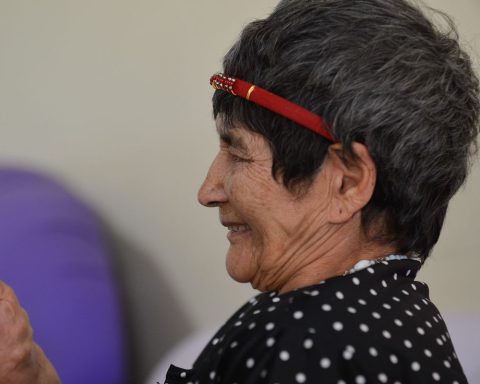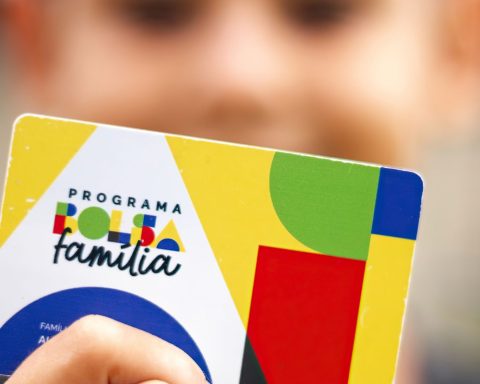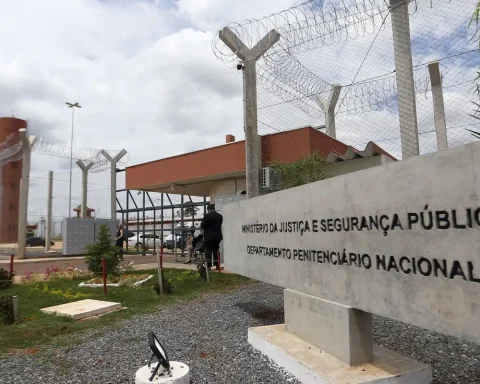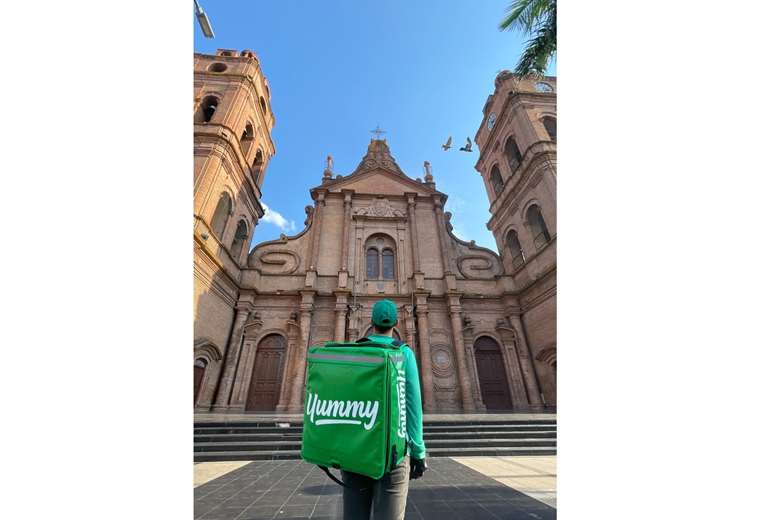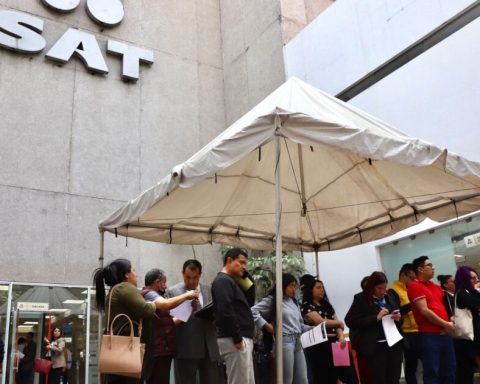The north of Goiás, which in the 18th century was explored by pioneers in search of gold, now cultivates another type of wealth. Saffron, also known as turmeric, is the predominant crop in the Mara Rosa region, recognized for the production of the plant. The product won the geographical indication (GI) seal, which recognizes the quality and tradition of a product based on environmental conditions and the local way of doing things.
In partnership with the Brazilian Micro and Small Business Support Service (Sebrae), the team at TV Brazil visited the region to learn about production and the versatility of the plant, which is widely used in cooking and even in the textile sector. The program airs today (20), at 22h.
About a quarter of Brazilian saffron is produced in the Mara Rosa region, and in 2016 it was certified GI. “I think the soil is good, the plant has adapted to the climate and God has also blessed the place. Because saffron grows everywhere, but it doesn’t produce as much as in this region. It is a mystery of God”, says Antônio do Nascimento, certified saffron producer.
Much of the harvest is done by small producers, manually, in a tradition that passes from generation to generation. “I really like working on the land, because it was a service that my mother did. She reminds me a lot and I feel close to her, who died of cancer. It’s a way I have of honoring her, doing what she liked best, working with saffron”, says Sebastiana Fortunato, a rural worker.
“Most of the time, they are small producers who are behind a geographical indication. They are often unable to compete in production volume with large regions or producers. So, one way to add value to the product, provide development to small businesses and others installed in the region is through the differentiation of the geographical indication”, explains Hulda Giesbrecht , innovation analyst at Sebrae Nacional. The entity supports producers to obtain GI certification. In all, Brazil has 92 geographical indications currently recognized.
To guarantee quality, the production of certified saffron goes through quality control, step by step. “All saffron with a seal goes through a process in the laboratory. It is a higher quality product because it does not use herbicides,” says Weslley Oliveira, an agronomist at the Technical Assistance and Rural Extension Company (Emater).
From the table to the wardrobe
The use of saffron as a seasoning is already widespread and, in Mara Rosa, there is a specific culinary festival with exclusive recipes that use the ingredient. The team of TV Brazil he also met a chef, in São Paulo, who uses the seasoning to color handmade pasta. “I made a collection that I call pasta with the flavors and perfumes of Brazil, so that people can enjoy and promote our treasures”, says Ana Soares, highlighting the special aroma of saffron.
The characteristic yellow of the product is also used in the manufacture of dyes. Designer Maibe Maroccolo developed the Mattricaria project to research the potential of Brazilian plants in the development of paints or application in the textile dyeing segment. She shows how saffron prints a bright and unique yellow to fabrics.
In addition to the dish and fabrics, the plant is increasingly being recognized for its health benefits. Brazilian universities have researched the anti-inflammatory potential of saffron and nutritionists already recommend including the plant in the diet to also improve immunity.



